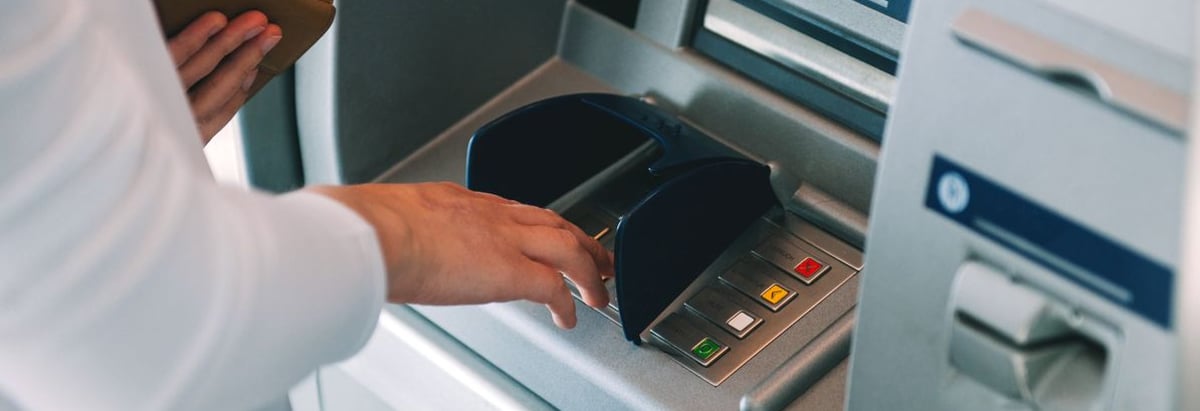BNP Paribas SA's (EPA:BNP) market cap decline of €2.8b may not have as much of an impact on institutional owners after a year of 8.3% returns

Key Insights
- Significantly high institutional ownership implies BNP Paribas' stock price is sensitive to their trading actions
- The top 25 shareholders own 43% of the company
- Ownership research along with analyst forecasts data help provide a good understanding of opportunities in a stock
Every investor in BNP Paribas SA (EPA:BNP) should be aware of the most powerful shareholder groups. We can see that institutions own the lion's share in the company with 46% ownership. In other words, the group stands to gain the most (or lose the most) from their investment into the company.
Institutional investors endured the highest losses after the company's market cap fell by €2.8b last week. However, the 8.3% one-year return to shareholders might have softened the blow. We would assume however, that they would be on the lookout for weakness in the future.
Let's take a closer look to see what the different types of shareholders can tell us about BNP Paribas.
See our latest analysis for BNP Paribas

What Does The Institutional Ownership Tell Us About BNP Paribas?
Institutional investors commonly compare their own returns to the returns of a commonly followed index. So they generally do consider buying larger companies that are included in the relevant benchmark index.
BNP Paribas already has institutions on the share registry. Indeed, they own a respectable stake in the company. This suggests some credibility amongst professional investors. But we can't rely on that fact alone since institutions make bad investments sometimes, just like everyone does. When multiple institutions own a stock, there's always a risk that they are in a 'crowded trade'. When such a trade goes wrong, multiple parties may compete to sell stock fast. This risk is higher in a company without a history of growth. You can see BNP Paribas' historic earnings and revenue below, but keep in mind there's always more to the story.

Hedge funds don't have many shares in BNP Paribas. BlackRock, Inc. is currently the largest shareholder, with 7.0% of shares outstanding. Federal Holding and Investment Company is the second largest shareholder owning 5.6% of common stock, and Amundi Asset Management SAS holds about 5.4% of the company stock.
A deeper look at our ownership data shows that the top 25 shareholders collectively hold less than half of the register, suggesting a large group of small holders where no single shareholder has a majority.
While it makes sense to study institutional ownership data for a company, it also makes sense to study analyst sentiments to know which way the wind is blowing. There are plenty of analysts covering the stock, so it might be worth seeing what they are forecasting, too.
Insider Ownership Of BNP Paribas
While the precise definition of an insider can be subjective, almost everyone considers board members to be insiders. Management ultimately answers to the board. However, it is not uncommon for managers to be executive board members, especially if they are a founder or the CEO.
I generally consider insider ownership to be a good thing. However, on some occasions it makes it more difficult for other shareholders to hold the board accountable for decisions.
Our data suggests that insiders own under 1% of BNP Paribas SA in their own names. Being so large, we would not expect insiders to own a large proportion of the stock. Collectively, they own €18m of stock. In this sort of situation, it can be more interesting to see if those insiders have been buying or selling.
General Public Ownership
With a 44% ownership, the general public, mostly comprising of individual investors, have some degree of sway over BNP Paribas. While this group can't necessarily call the shots, it can certainly have a real influence on how the company is run.
Next Steps:
I find it very interesting to look at who exactly owns a company. But to truly gain insight, we need to consider other information, too. For instance, we've identified 1 warning sign for BNP Paribas that you should be aware of.
Ultimately the future is most important. You can access this free report on analyst forecasts for the company.
NB: Figures in this article are calculated using data from the last twelve months, which refer to the 12-month period ending on the last date of the month the financial statement is dated. This may not be consistent with full year annual report figures.
Valuation is complex, but we're here to simplify it.
Discover if BNP Paribas might be undervalued or overvalued with our detailed analysis, featuring fair value estimates, potential risks, dividends, insider trades, and its financial condition.
Access Free AnalysisHave feedback on this article? Concerned about the content? Get in touch with us directly. Alternatively, email editorial-team (at) simplywallst.com.
This article by Simply Wall St is general in nature. We provide commentary based on historical data and analyst forecasts only using an unbiased methodology and our articles are not intended to be financial advice. It does not constitute a recommendation to buy or sell any stock, and does not take account of your objectives, or your financial situation. We aim to bring you long-term focused analysis driven by fundamental data. Note that our analysis may not factor in the latest price-sensitive company announcements or qualitative material. Simply Wall St has no position in any stocks mentioned.
About ENXTPA:BNP
BNP Paribas
Provides various banking and financial products and services in Europe, the Middle East, Africa, the Americas, and the Asia Pacific.
Undervalued established dividend payer.
Similar Companies
Market Insights
Community Narratives




